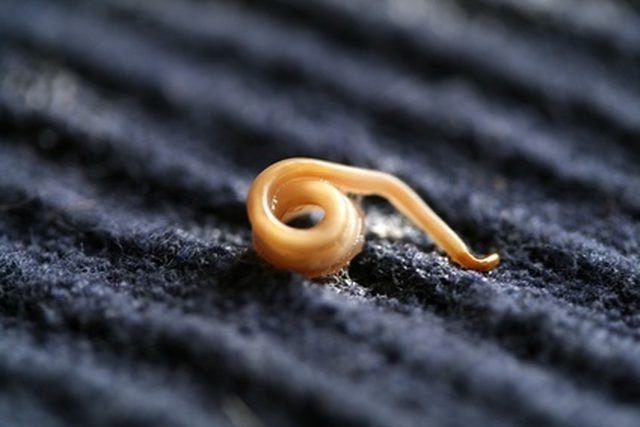Bulbs
Flower Basics
Flower Beds & Specialty Gardens
Flower Garden
Garden Furniture
Garden Gnomes
Garden Seeds
Garden Sheds
Garden Statues
Garden Tools & Supplies
Gardening Basics
Green & Organic
Groundcovers & Vines
Growing Annuals
Growing Basil
Growing Beans
Growing Berries
Growing Blueberries
Growing Cactus
Growing Corn
Growing Cotton
Growing Edibles
Growing Flowers
Growing Garlic
Growing Grapes
Growing Grass
Growing Herbs
Growing Jasmine
Growing Mint
Growing Mushrooms
Orchids
Growing Peanuts
Growing Perennials
Growing Plants
Growing Rosemary
Growing Roses
Growing Strawberries
Growing Sunflowers
Growing Thyme
Growing Tomatoes
Growing Tulips
Growing Vegetables
Herb Basics
Herb Garden
Indoor Growing
Landscaping Basics
Landscaping Patios
Landscaping Plants
Landscaping Shrubs
Landscaping Trees
Landscaping Walks & Pathways
Lawn Basics
Lawn Maintenance
Lawn Mowers
Lawn Ornaments
Lawn Planting
Lawn Tools
Outdoor Growing
Overall Landscape Planning
Pests, Weeds & Problems
Plant Basics
Rock Garden
Rose Garden
Shrubs
Soil
Specialty Gardens
Trees
Vegetable Garden
Yard Maintenance
What Worm Has a Short Body & Black Head?
What Worm Has a Short Body & Black Head?. There are over 2,700 known worm species and countless worm-like creatures. Identification can be difficult. However, the habitat of a worm with a short body and black head may help identify the worm.

There are over 2,700 known worm species and countless worm-like creatures. Identification can be difficult. However, the habitat of a worm with a short body and black head may help identify the worm.
Soil
Black-headed worms are common earthworms in gardens and cultivated soils. Although the body of this worm species is relatively long, it may have a shorter body with no saddle if the worm is still immature.
Leaves
The larva of a sphinx moth is called a Catalpa Sphinx or Catalpa worm. The larva in its development will be white or pale yellow. The head is black. To survive, the larva eats the leaves of the Catalpa tree common across the Southern states of the United States.
Roots
Another tree susceptible to a black-headed worm-like creature is the cottonwood tree. The larva of the cottonwood borer can be found feeding at the roots of this tree. The larva are short, creamy white, oval shaped and have a brown or black head.